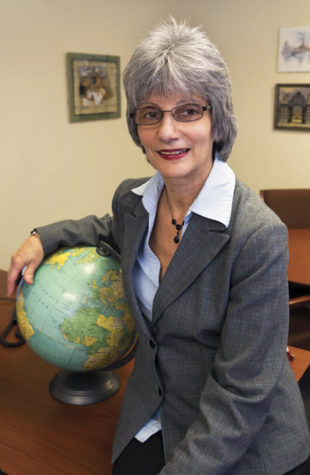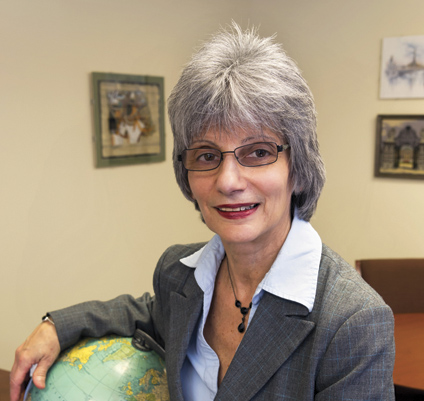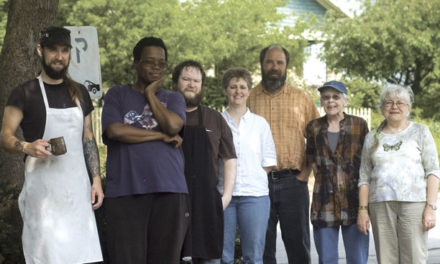
Kathleen Sideli, associate vice president for overseas study at Indiana University. Photo by Steve Raymer
BY JEREMY SHERE
Indiana may be far from any ocean, but that doesn’t stop thousands of IU students from going overseas to study, often with help from the IU Office of Overseas Study.
Now in its 41st year, Overseas Study has sent more than 40,000 IU students to learn and work in 52 countries, on nearly every continent. In the 2010-2011 school year, IU Bloomington had more than 2,000 students studying abroad and was ranked seventh in the nation for the number of students participating in overseas semester-long programs.
“When he was president of IU, Herman B Wells had a vision for developing the university into an institution with an international reach, where Indiana came to the world and the world came to Indiana,” says Kathleen Sideli, associate vice president for overseas study at IU. “We’ve adopted President Wells’ mission as our own.”
Long before the Office of Overseas Study was established in 1972 to support a growing array of what were then known as “junior year abroad” programs, IU had a strong tradition of international study. As early as 1879, IU professors took students on “Summer Tramps” to study natural history, language, and culture in Western Europe.
Since then, overseas study opportunities at IU have expanded substantially to include not only Western Europe but also countries in Central and Eastern Europe, Africa, Asia, the Middle East, and throughout the Americas. And where overseas study once appealed mostly to students majoring in foreign languages, today more than 250 programs attract a wide range of students from all fields.
For Sideli, the Office of Overseas Study provides an invaluable service by helping IU students increase their knowledge of the world through firsthand experience. “It’s possible to learn things about other cultures from books and on the Internet, but human-to-human contact is still crucial,” she says. “I truly believe that only by actually working, talking, studying, and living directly with people can you get a true sense of their culture and of what separates humans as well as what binds us together.”











